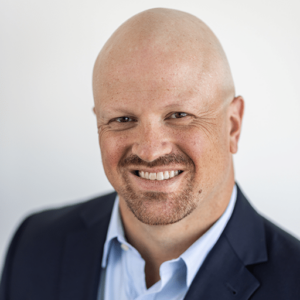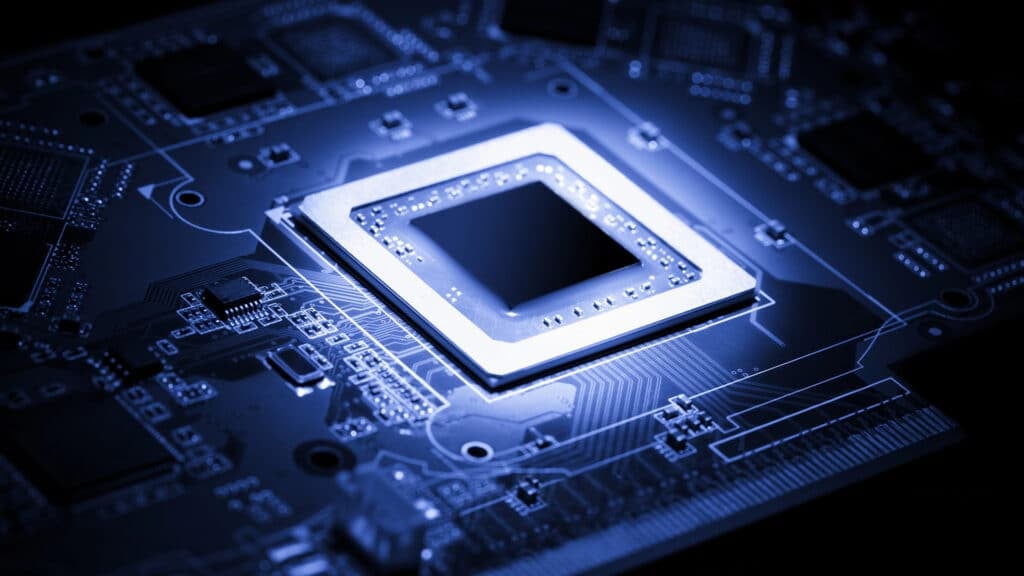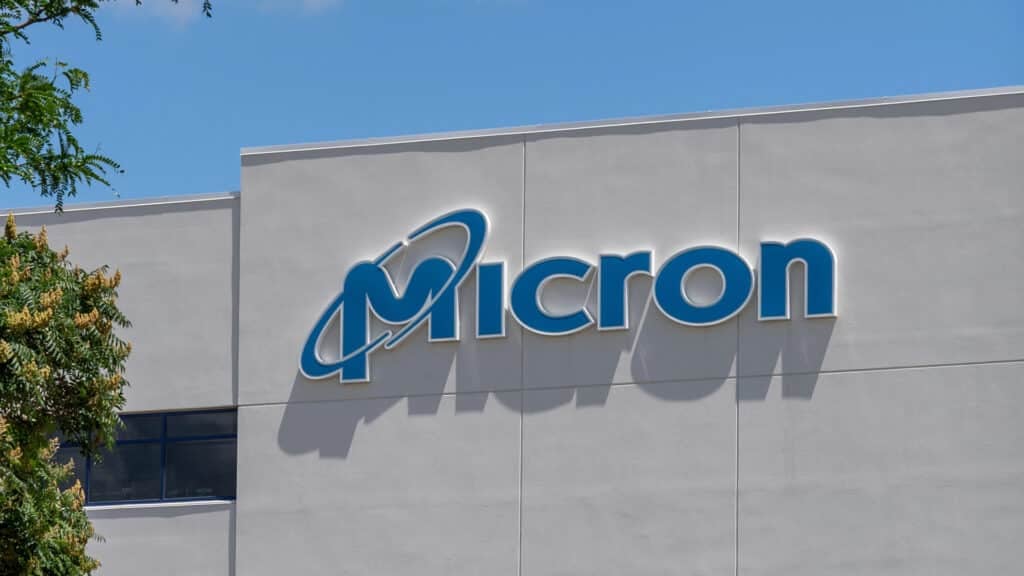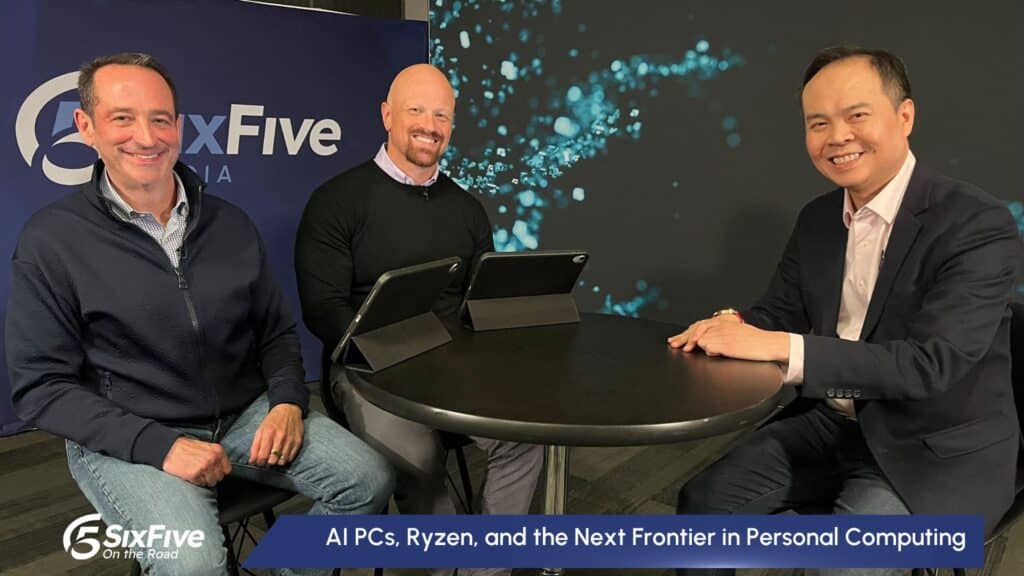The Six Five team discusses HPE Gets A BofA Upgrade
If you are interested in watching the full episode you can check it out here.
Disclaimer: The Six Five Webcast is for information and entertainment purposes only. Over the course of this webcast, we may talk about companies that are publicly traded and we may even reference that fact and their equity share price, but please do not take anything that we say as a recommendation about what you should do with your investment dollars. We are not investment advisors and we ask that you do not treat us as such.
Transcript:
Daniel Newman: So, BofA gave an upgrade to HPE. We’ll just do BOA upgrades HPE. A few weeks ago, Pat, you and I, we covered HPE’s earnings. We talked about how the company had done well, really strong performance in its GreenLake business. It’s had some really sound results on the CPU side of data center. It’s been very focused on maintaining that part of the business. We’re starting to see some uptick in all of its AI services as the company did really triple down on Nvidia and found its lane and stayed in its lane. In this most recent quarter, it was one of the cleanest the company it had, seeing double-digit growth, which Pat as you and I both know and I think I even made the joke of saying, “Hey, I guess HPE’s growth is now matched SaaS growth.” So all the SaaS companies that are also growing about 10%.
While one tends to get forward revenue and EPS numbers that are much, much higher, maybe it’s time that HPE gets a little bit more credit. So, as it sits around $16 to $17 at the time, they got an upgrade and a $24 recommendation. Pat, you and I don’t set price targets. Only foolish analysts on the industry side do that, but we do see that that’s about a 30% upside from here. In my opinion, one, it’s a two-year model to get to almost 100,000 GreenLake customers based on my assessment. That’s a huge thing considering that’s a mid-double digit growth usually in the high 30s or 40% on a quarter for the revenue growth of their ARR business. I think they were one of the later to really starting to realize revenues from AI. They weren’t as early on as some of the other OEMs, but they seemed to do it a bit more methodically. They were a bit more focused on margin integrity and protection, which is something that the street seems to really like. So, the OEMs, Pat, other than Dell and this parabolic up and down thing that it’s making an experience have been a bit stagnant despite their important role moving forward. HPE is a really strong service business, has a strong ARR growth in that as well. So, I think those are the couple of things that I like. I think that’s what draw an upgrade. It’s good for HPE because you don’t see a lot… It’s not like a Nvidia or a Palantir where every other day there’s tons of headlines and tons of upgrade.
Patrick Moorhead: Yeah. Listen, this company year over year is getting a lot of respect. Strategically, you’re looking at HPE decided a while ago that it was going to lean into more value versus volume and therefore deciding to not compete head to head with Dell and Lenovo. So, what they did is they made a bunch of software acquisitions and stitched together an end-to-end cloud platform. They’re not done yet, but they just keep adding modules. Interestingly enough, it reminds me a lot of what VMware is trying to build. Then they’re crushing it on edge networking. Then when you lay over what they’re about to do with Juniper Networks, it’s really doubling and tripling down on areas that make you more money. Software makes more money than generic hardware and networking makes you more money and has higher margins than classic compute. So, what that did is that all came together, I think that came to a head here. I think what we saw also in the quarter, which oddly enough, here’s the weird part. HPE got slammed on the earnings for HPC margins, AKA AI margins, and then BofA upgrades them for a recovery in HPC and AI margins. Okay. Well, what was funny is our initial take was bravo, the market got spooked. They did the double click, had some calls of HPE to understand their margins were actually getting better. That was the weird part.
Daniel Newman: Comparatively better to others in the space.
Patrick Moorhead: Exactly, exactly. Also, we saw in the note synergies from Juniper as I talked about before, but we also saw anticipated improvements in margins due to the cost-cutting measures that weren’t directly and only coming back to the Juniper acquisition, but other types of OpEx out there. So, it’s interesting. The final note I’ll make is they talked a lot about liquid cooling. Isn’t it funny how nobody talked about liquid cooling for 20 years? It was for the National Labs, HPC nerds. Back when IBM System X, when they were doing X-86 servers, this was a thing. Mainframes used to be all water-cooled and now it’s showing up in analyst notes. I mean, heck, Dell was an early leader in X-86 immersion. I remember even working with them on research projects, three different kinds of water cooling. Then you’ve got HPE with Cray. Cray is absolutely water cooler, hence the National Lab stuff. But anyways, I just find it amazing that here we are, technology matters.
Author Information
Daniel is the CEO of The Futurum Group. Living his life at the intersection of people and technology, Daniel works with the world’s largest technology brands exploring Digital Transformation and how it is influencing the enterprise.
From the leading edge of AI to global technology policy, Daniel makes the connections between business, people and tech that are required for companies to benefit most from their technology investments. Daniel is a top 5 globally ranked industry analyst and his ideas are regularly cited or shared in television appearances by CNBC, Bloomberg, Wall Street Journal and hundreds of other sites around the world.
A 7x Best-Selling Author including his most recent book “Human/Machine.” Daniel is also a Forbes and MarketWatch (Dow Jones) contributor.
An MBA and Former Graduate Adjunct Faculty, Daniel is an Austin Texas transplant after 40 years in Chicago. His speaking takes him around the world each year as he shares his vision of the role technology will play in our future.





